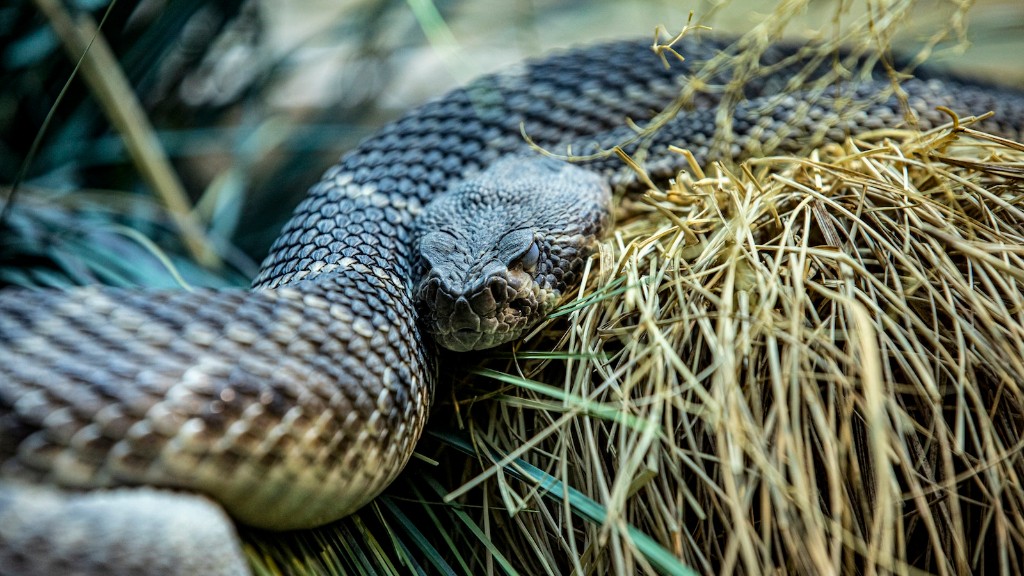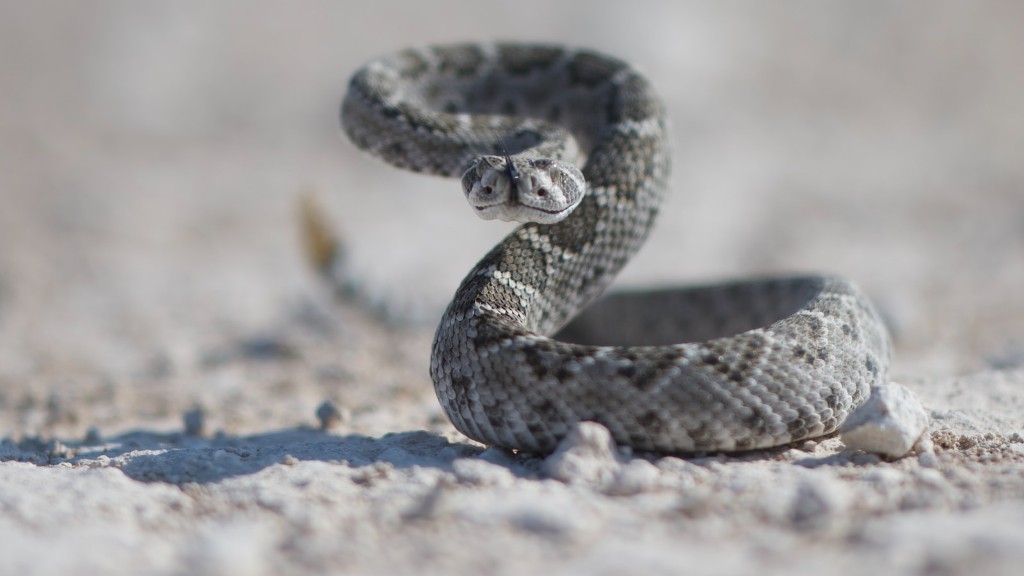Can Rattlesnakes Kill a Dog?
Examining the potential dangers of rattlesnake bites on dogs
Introduction
Dogs are curious creatures that often explore their surroundings with great enthusiasm. However, their curious nature can sometimes lead them to encounters with venomous creatures such as rattlesnakes. Rattlesnakes are known for their venomous bites, which can be fatal to their prey. This raises the question: can rattlesnakes kill a dog? In this article, we will explore the various factors that determine the severity of rattlesnake bites in dogs and discuss preventive measures that can be taken to protect our furry friends.
The Venomous Nature of Rattlesnakes
Rattlesnakes belong to the family Viperidae and are known for their venomous bites. The venom they inject into their prey is a complex mixture of toxins that can cause a range of symptoms, from pain and swelling to organ failure and death. The potency of the venom can vary among different species of rattlesnakes, making some bites more dangerous than others.
Rattlesnake Bites and Dogs
When a dog encounters a rattlesnake, the risk of a potentially venomous bite is present. The outcome of such an encounter depends on various factors, including the size of the dog, the location of the bite, the amount of venom injected, and the timely administration of medical treatment.
The Size of the Dog
Dogs come in all shapes and sizes, and this can significantly impact their susceptibility to the effects of a rattlesnake bite. Smaller dogs generally have a higher risk of severe symptoms due to their smaller body mass and potential difficulties in metabolizing the venom. Conversely, larger dogs may have a better ability to tolerate the venom due to their size and physiology.
The Location of the Bite
The location of the bite is another crucial factor in determining the outcome of a rattlesnake encounter. Bites to vital areas, such as the head or neck, can have more severe consequences compared to bites on less vital areas, such as the limbs. The proximity of major blood vessels and organs can influence the spread of venom and the subsequent damage caused.
The Amount of Venom Injected
The quantity of venom injected during a rattlesnake bite can vary depending on factors such as the snake’s size, the duration of the bite, and the snake’s arousal level. A larger snake with an extended bite duration and heightened arousal may deliver a larger quantity of venom. Higher venom doses can result in more severe symptoms and greater risk of fatality.
Timely Medical Treatment
One of the most critical factors in mitigating the consequences of a rattlesnake bite is the prompt administration of medical treatment. Antivenom, a specific serum containing antibodies to neutralize venom, can be administered to counteract the effects of the venom. Additionally, supportive care, such as pain management and maintaining fluid balance, is essential to improve the dog’s chances of survival.
Preventive Measures
While rattlesnake bites can be dangerous, there are several preventive measures that dog owners can take to reduce the risk of these encounters:
- Avoiding known rattlesnake habitats during walks or hikes
- Keeping dogs on a leash and under close supervision
- Training dogs to respond to “leave it” commands to deter close encounters
- Using snake avoidance training programs to teach dogs to recognize and avoid rattlesnakes
- Utilizing snake-proof fencing around yards and outdoor areas
- Considering rattlesnake vaccines, although their efficacy is still a topic of debate among veterinary professionals
Conclusion
While rattlesnake bites have the potential to be fatal to dogs, the outcome of such an encounter depends on various factors. The size of the dog, the location of the bite, the amount of venom injected, and the promptness of medical treatment all play crucial roles. Preventive measures can further reduce the risk of these encounters. By remaining vigilant and taking necessary precautions, dog owners can help protect their beloved pets from the dangers posed by rattlesnakes.


